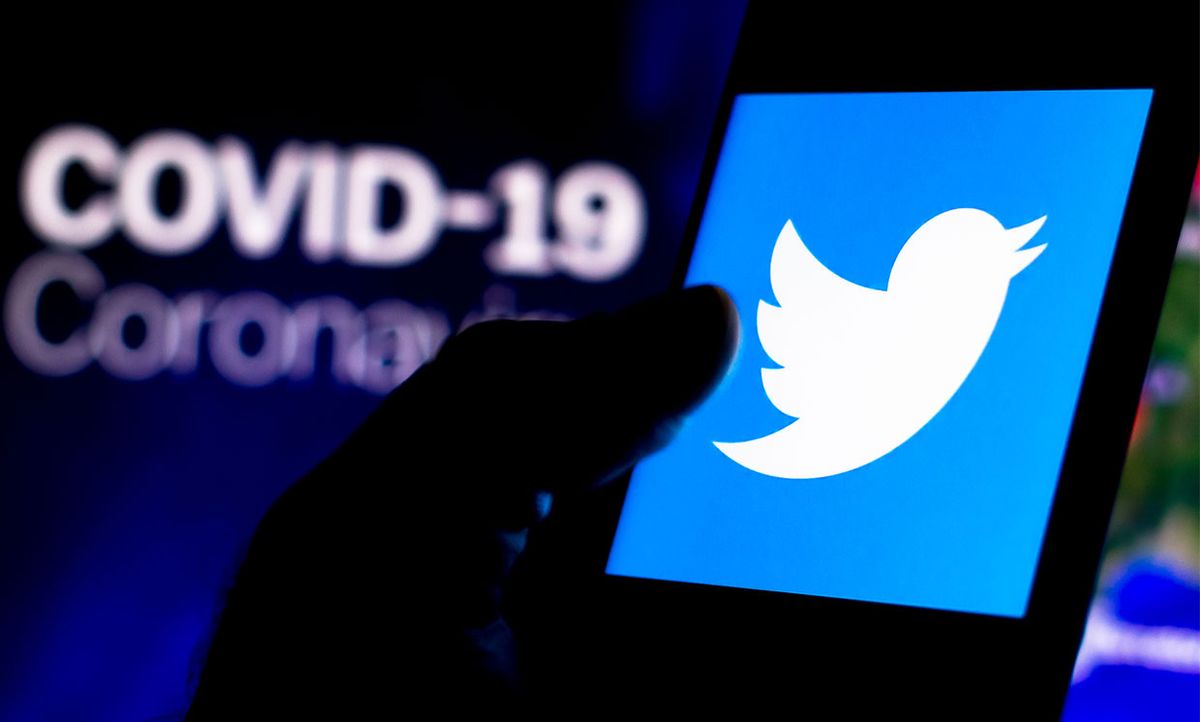As the COVID-19 pandemic began to spread around the globe, it was followed by an increase in media coverage of racist attacks. Some have argued that the use of racially charged language to describe the novel coronavirus, including terms such as the “Chinese flu” or “Chinese virus,” may have played a role in these attacks.
In a recent study, published 21 May in IEEE Transactions on Big Data, researchers analyzed Twitter data to better understand which users are more likely to use racially charged versus neutral terms during the pandemic. In a second study, the group analyzed the general language used by these two groups of Twitter users, shedding light on their priorities and emotional states.
Jiebo Luo, a professor of computer science at the University of Rochester, led both studies. “A controversial term—‘Chinese virus’—is still being used by a fair number of people. In the meantime, global online media coverage about COVID-19-related racial attacks increases steadily, and most of [those attacks] are anti-Chinese or anti-Asian,” he says. “This prompted us to try to understand the opinions of different people on this issue using a large-scale data-driven study.”
The group analyzed more than 1 million tweets from 593,233 Twitter users that included charged language (e.g., “Chinese virus”) and more than 16 million tweets from 490,168 Twitter users that included neutral language (e.g., “coronavirus”), posted between 23 and 26 March. The data include the contents of the tweets and details about the users who posted them.
The results show how people use language differently on Twitter depending on a variety of factors, including gender, location, and how long a user has been on Twitter. For example, females make up a greater portion of tweeters who use neutral language (46 percent) versus racially charged language (38 percent). And urban tweeters were more likely to use neutral language, whereas suburban and rural tweeters were more likely to use charged language.
Another interesting factor was how long a user has been on Twitter. The median number of months that Twitter users who used charged language had their accounts was 63 months—almost a year less than the median amount of time for tweeters who used neutral language, at 74 months. In their paper, the researchers suggest that charged language may not necessarily correspond with hateful speech—but that new users may have less experience using Twitter and thus are less cautious when posting tweets.
One prominent tweeter—U.S. president Donald Trump—used the term “Chinese flu” on 16 March. Researchers found that Twitter users who used charged terms were more likely to follow Trump on Twitter. In response to this correlation, Luo says, “We think it is important for the leaders to know that there is correlation between their actions and their followers’ actions.”
The researchers delved deeper into the data in a second study, which they’ve posted on a preprint server and submitted for publication in IEEE Transactions on Big Data. This linguistic analysis looked at the emotional connotation of the two groups of Twitter users—those who use neutral versus charged language—and found that tweets using charged terms were generally more negative and were more likely to reflect anger.
In contrast, Luo says, his team found that the people in the group using neutral language tend to have more positive sentiment, pay more attention to the future, express more anxiety than anger, discuss more facts than thoughts, care more about work and finance, and show a stronger desire for success.
He says his team is working on additional studies to analyze the mental health of different groups of people (e.g., college students, working classes, and retirees) during the pandemic, as well as patterns of panic buying. “We hope our studies can inform the public and government in fighting a potentially prolonged COVID-19 pandemic and future pandemics,” he says.
This post was updated on 1 June 2020.
Michelle Hampson is a freelance writer based in Halifax. She frequently contributes to Spectrum's Journal Watch coverage, which highlights newsworthy studies published in IEEE journals.



